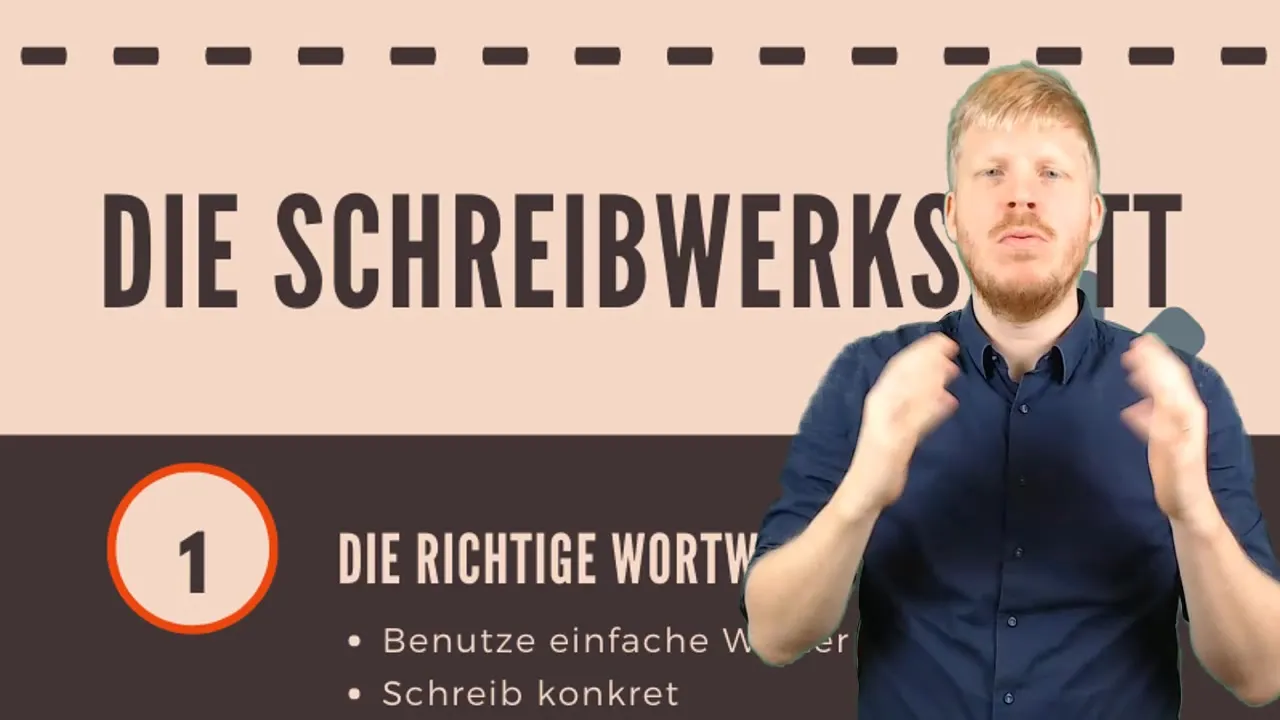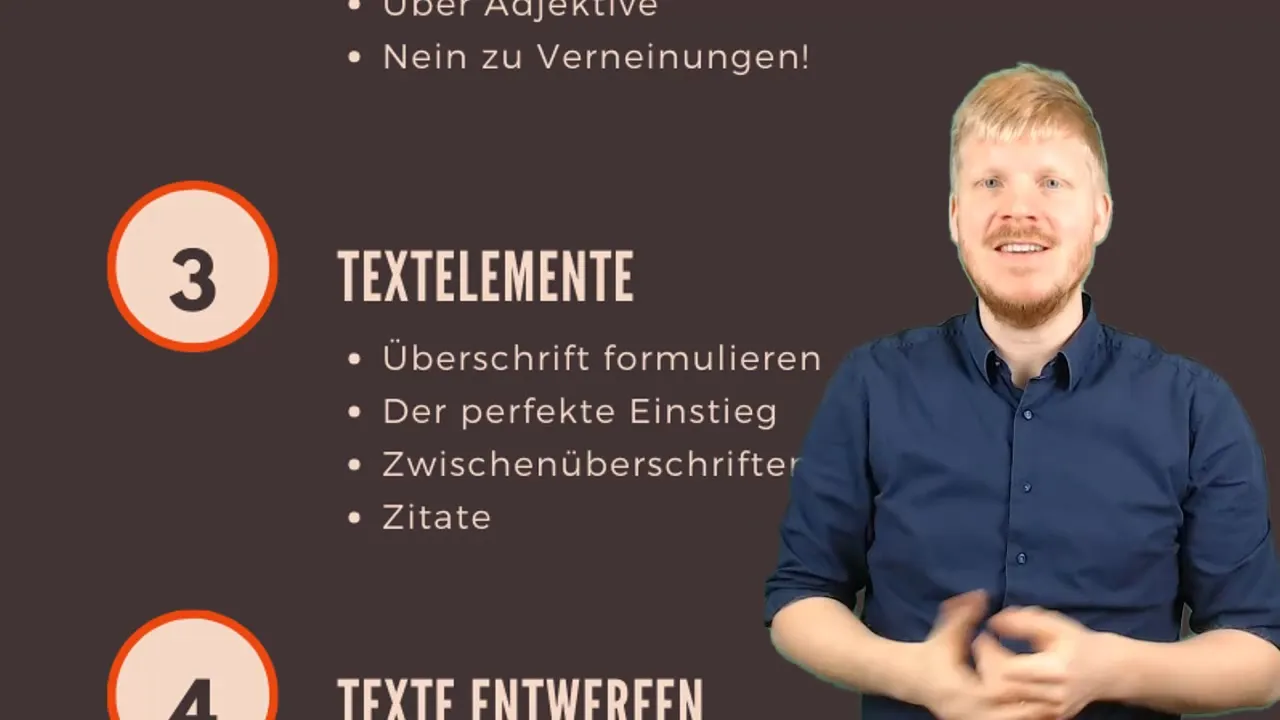Writing is an art that can be developed through various techniques and structures. Particularly, journalistic texts such as blog articles, press releases, or reports follow certain rules that facilitate reading and understanding. In this guide, you will learn the most important text elements to enhance your writing skills.
Main Insights
- Every type of text has certain elementary components.
- The central text elements include: title, introduction, subheadings, and quotes.
- Structures help in creating effective texts even during creative blocks.
Step-by-Step Guide
1. The Title – First Impression Matters
The title is the first thing readers notice about your text. It should be concise and engaging, summarizing the essence of your text. A good title attracts interest and motivates readers to continue reading.

2. The Introduction – Gateway to the Text
In the introduction, the goal is to pique the readers' curiosity. Here you should present key information and intriguing aspects of your theme. Creating a personal or emotional connection helps in developing an interest that keeps readers engaged in the text.
3. Subheadings – Structure and Orientation
Subheadings are essential for organizing your text clearly and highlighting important information. They assist readers in quickly grasping the key points and maintaining an overview. Furthermore, they serve as navigational aids to facilitate access to the various topics within your text.

4. Quotes – Voices of the Experts
Quotes can lend authority to your text and present different perspectives. They support your argumentation and provide additional information that substantiates your standpoint. Whether direct quotes or paraphrases, they should always be relevant and concise.
5. Teasers – The Essence Briefly
An effective teaser, as seen on sites like Spiegel Online, summarizes the main points of your text in a few sentences. The recommendation here is to limit it to a maximum of 250 characters to not lose the reader's attention. A good teaser prepares the reader for what is coming and sparks curiosity.
6. Working on Your Texts – The Creative Process
The writing process can sometimes be frustrating, especially when you are stuck in a creative block. It is important to develop techniques to help you continue working even when ideas are scarce. Sometimes revising the text or gaining a fresh perspective on the topic can be helpful. Through constant practice, you will become more confident and creative in your writing style.
Summary
This guide has introduced you to the central elements that are important for journalistic writing. From the title to the introduction, subheadings, quotes, and teasers, you can apply various techniques to make your texts more appealing and informative. By practicing regularly and refining your writing skills, you will be able to compose effective texts that captivate your readers.
Frequently Asked Questions
How do I write a good title?A good title should be concise, engaging, and informative. It must summarize the essence of your text.
What is the purpose of an introduction?The introduction arouses the readers' curiosity and presents key information about your theme.
How do I effectively utilize subheadings?Subheadings help in structuring the text and allow readers to quickly find the key points.
Why are quotes important?Quotes lend authority to your text and bring in different perspectives that support your argumentation.
What is a teaser?A teaser succinctly summarizes the main points of your text and should generally not exceed 250 characters.


